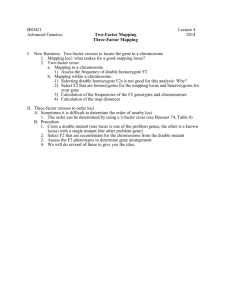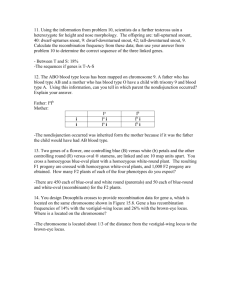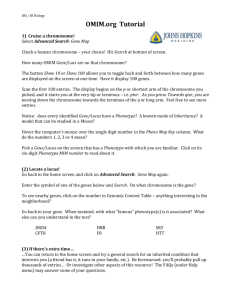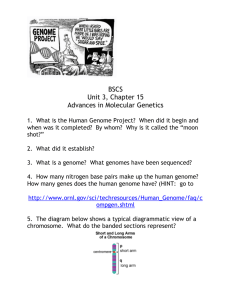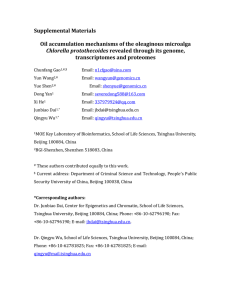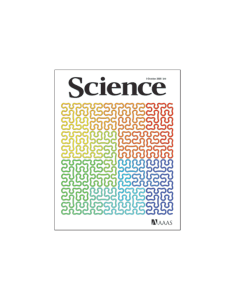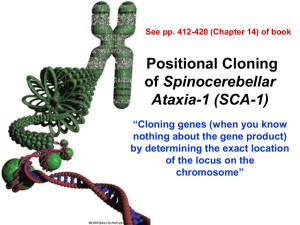file - BioMed Central
advertisement
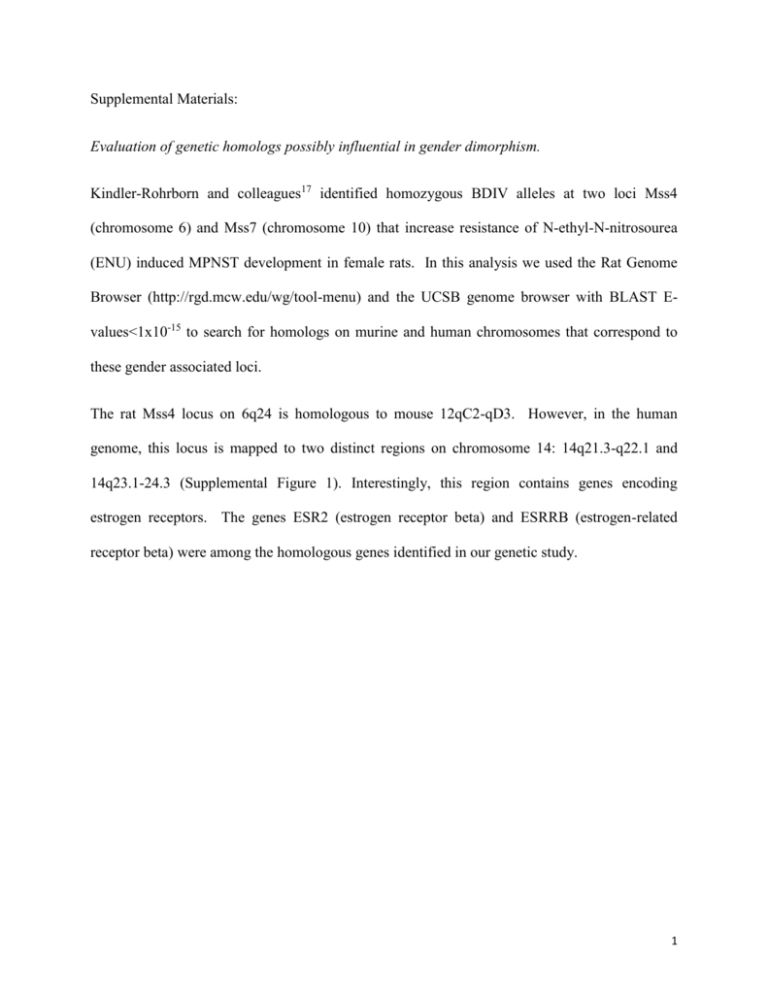
Supplemental Materials: Evaluation of genetic homologs possibly influential in gender dimorphism. Kindler-Rohrborn and colleagues17 identified homozygous BDIV alleles at two loci Mss4 (chromosome 6) and Mss7 (chromosome 10) that increase resistance of N-ethyl-N-nitrosourea (ENU) induced MPNST development in female rats. In this analysis we used the Rat Genome Browser (http://rgd.mcw.edu/wg/tool-menu) and the UCSB genome browser with BLAST Evalues<1x10-15 to search for homologs on murine and human chromosomes that correspond to these gender associated loci. The rat Mss4 locus on 6q24 is homologous to mouse 12qC2-qD3. However, in the human genome, this locus is mapped to two distinct regions on chromosome 14: 14q21.3-q22.1 and 14q23.1-24.3 (Supplemental Figure 1). Interestingly, this region contains genes encoding estrogen receptors. The genes ESR2 (estrogen receptor beta) and ESRRB (estrogen-related receptor beta) were among the homologous genes identified in our genetic study. 1 Supplemental Figure 1. Genetic homology to rat Mss4 locus on chromosome 6q24, including human homologs ERB2 and ERBB, which encode for estrogen receptors. 2 Supplemental Table S1. External datasets used in this study. 3

